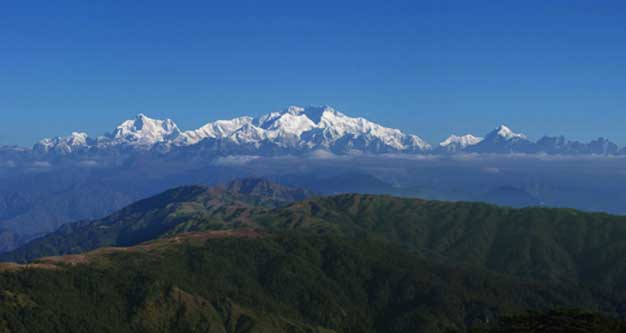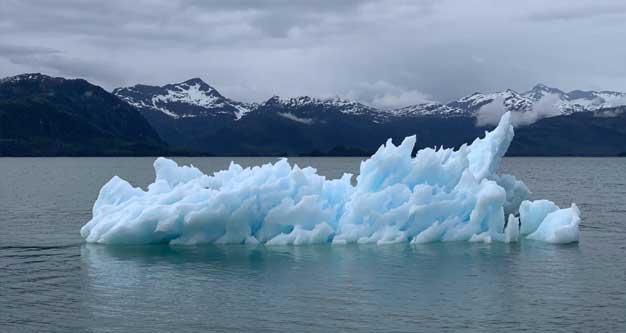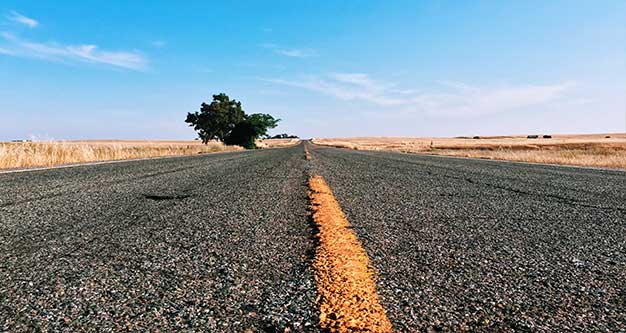WE CAN ALL DO SOMETHING …
LESSEN CLIMATE CHANGES

We have all been preoccupied with COVID-19 for months now. But that other danger – the threat of climate change – didn’t disappear when the Coronavirus showed up.
You will have seen the images of earths ecosystems being markedly clearer and cleaner while the world shut down for a while. What are the chances that now, having seen such a marked improvement, we will keep on the path of stopping environmental damage?
The impossible becomes possible.
We would like to think that the chances are at least better than 50/50.
As the world came to terms with the Coronavirus, actions that would have been deemed impossible just months previously, happened in just days and weeks. Government, business and community (largely) joined forces to stem a health crisis.
COVID-19 was a crisis bearing down on us at great speed. Most of our leaders reacted with speed.
Climate change however, is unfolding slowly – but the pace of change is quickening. The results of unchecked climate change will be overwhelming. So how do we apply the reactions to COVID-19 to climate change?

Back to basics. What is climate change?
Climate change is a long term shift in global or regional climate patterns. It refers to significant changes in global temperature, precipitation, wind patterns and other matters of climate that occur over several decades.
From the mid-20th century to present there has been a particularly high rise in global temperatures and human activity is thought to be the main factor.
As climate change transforms global ecosystems it affects everything from the places we live, to the water we drink, to the air we breathe.
The higher temperatures are increasing the frequency of weather related disasters such as storms, floods, heat waves and droughts. The wet areas are wetter and the dry areas are drier.
Air pollution is inevitably linked to climate change. When the earths temperature rises our air gets dirtier as the smog and soot levels go up. There is also an increase in allergenic air pollutants.
According to WHO, climate change is expected to cause approximately 250,000 more deaths a year between 2030 and 2050. As temperatures rise so do the number of fatalities and illnesses from heat stress, heat stroke, cardiovascular and kidney disease. As air pollution worsens, so does respiratory health. Extreme weather events lead to injuries, fatalities, water contamination and storm damage.
The Arctic is currently heating up twice as fast as any other place on the planet. Ice sheets are melting and our oceans are on track to rise one to four feet higher by 2100. Oceans are also now 30% more acidic posing a serious threat to sea life.
Climate change is increasing the pressure on wildlife to adapt to their changing habits. These shifts could fundamentally transform entire ecosystems and the intricate webs of life that depend on them.


Why is climate change happening?
The earth has gone through warm and cool phases in the past, long before humans were around.
Forces that contributed to these changes included the dynamic processes of the earth (volcano eruptions or earthquakes), external forces (changes in the intensity of solar radiation or fall of large meteorites) and changes in naturally occurring greenhouse concentrations.
However, records indicate that todays climate change is occurring at a much faster rate than ever before and this can’t be explained by natural causes alone.
Today, humans or more specifically the greenhouse emissions we generate, are the leading cause of the rapidly changing climate. According to the Intergovernmental Panel on Climate Change concentrations of Carbon Dioxide, Methane and Nitrous Oxides have increased to levels unprecedented in at the least the last 800,000 years.
Human activity such as deforestation, tree burning and land, sea and air pollution have resulted in an ecological imbalance, the disappearance of certain species and the appearance of others.
The primary cause in the increase in human-generated emissions is the burning of fossil fuels for electricity, heat and transportation. This is closely followed by deforestation, releasing carbon into the air.
Other human activities contributing to the air pollution include fertiliser use, livestock production and industrial processes.
Through natural processes such as photosynthesis, our planets forests and oceans are able to absorb some level of greenhouse gases. However, these natural carbon sinks currently cannot keep up with the rising emissions.

What can we do for climate change?
Although lifestyle changes are no substitute for collective action, personal carbon-cutting still matters!
- Adjust your diet: Reduce your intake of meat and dairy and make sure you eat everything you buy. Food waste accounts for 8% of greenhouse emissions.
- Reduce your plane travel: Planes are transports biggest source of emissions. Try to fly less or better still stop all together.
- Make your commute green: Instead of driving to work every day, take public transport, ride your bike, work from home or car share.
- Consume less: Buy less junk and buy local. Buy high quality goods that will last longer or goods that are designed to be reparable.
- Cut home energy use: Turn lights off, hang your washing out to try instead of using a tumble dryer, wash at a lower temperature, keep showers short, unplug devices when not in use, use energy efficient light bulbs. If you live in a warmer climate find the most eco-friendly air conditioner and minimise use. If you live in a colder climate look into insulating your home, using smart heating and moving to solar panels.
- Recycle: Invest in recycling. Collect your discarded paper, glass, plastic and electronics and take them to your local recycling centre.
- Get active & vote: Vote for legislations and politicians that stand against the detrimental effects of climate change.
- Talk about it and Educate others: Take your low-carbon mindset with you wherever you go and educate others about the dangers of climate change and how they can act against it.
Very few people are 100% squeaky clean when it comes to climate change but some serious changes need to be made in the next few years to keep our planet alive.
If everyone of us makes a conscious effort to make even just one of these changes together we can start to conquer climate change.
Bronwyn Reid | 4T Consultants
